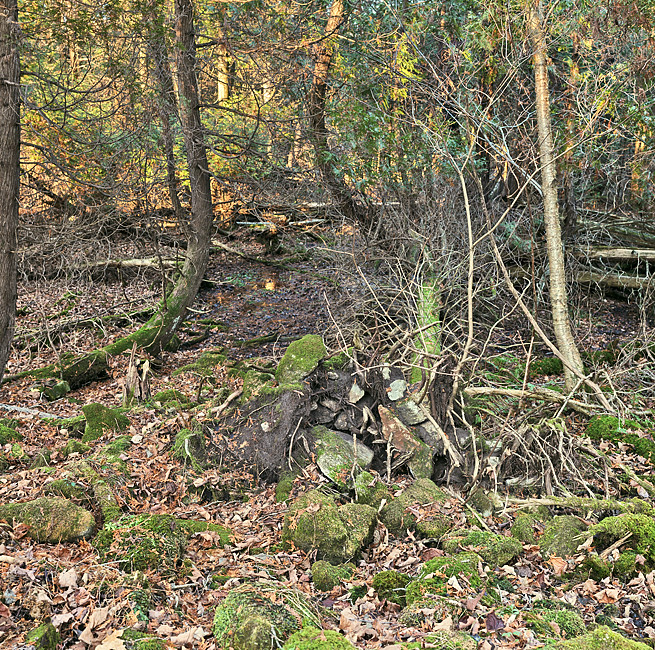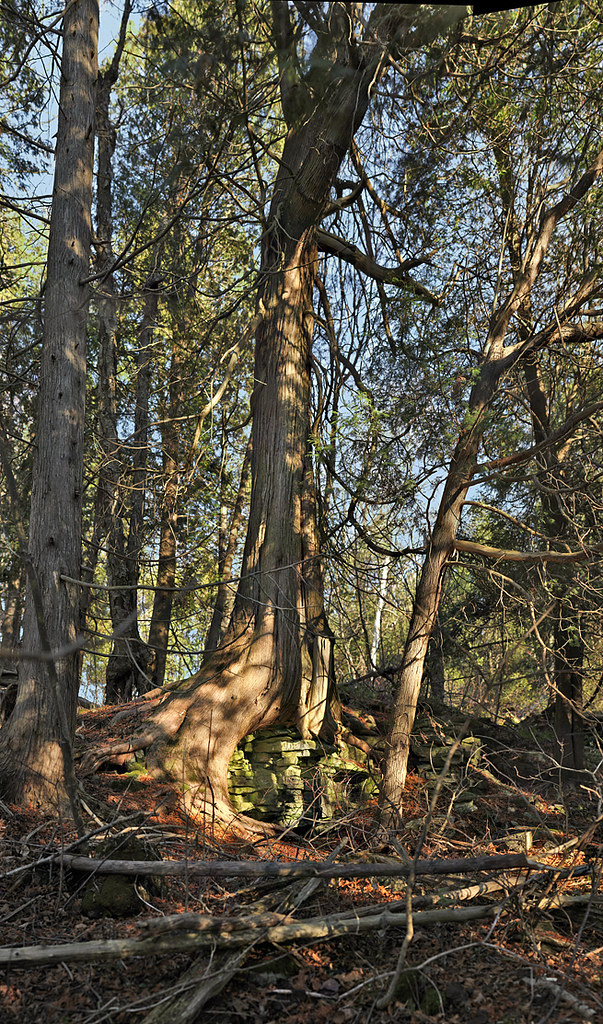Hey, just found this awesome site! Lots of really great work on here, excited to start posting!
I've been captivated by the beauty of the Niagara Escarpment for a while now...and here are my latest explorations. On a technical note, they are all photostitches, ranging from 100-200 megapixels each. At 300dpi, they are all around 40x40". I also shoot the light areas in HDR.
The Eastern White Cedar, able to grow in harsh conditions, spends hundreds of years splitting the limestone rock that was layed down by an ancient sea. Huge chunks are pushed aside to clear a path for their gnarled trunks. Growing for more than a 1000 years, these trees were seedlings durring the middle ages.

Birch, whos age pales in comparison, is also able to grow in the thin soils. They're usual smooth white bark is darkened and cracked with old age, revealing a life of struggle.

Water, unable to drain in the thin soils at the bottom of the escarpments edge, create forested bogs where cedar reveals itself to be capable of handling a new extreme.
Unable to hold firm in the muddy ground, old trees tumble over and expose their roots. Cedar trees keep on growing however, and start twisting their large trunks toward the sky again, in order to reach the sunlight.

This particular white cedar fell over and landed on the stump of another dead fallen birch. It then rooted itself onto the birch, a rich source of rotting nutrients. The old root ball of the cedar dead off, and the trunk left to rot away. This tree now grows exclusively from the birch, 10 feet away from it's original birthplace.

Growing on the fossilized remains of ancient reef inhabitants, this forest reveals a unique environment in the very way it grows. A cog in an ongoing cycle, these ancient trees remind us of the awesome power of nature, and given the time to grow, they can regenerate the most barren landscapes.

To be continued....